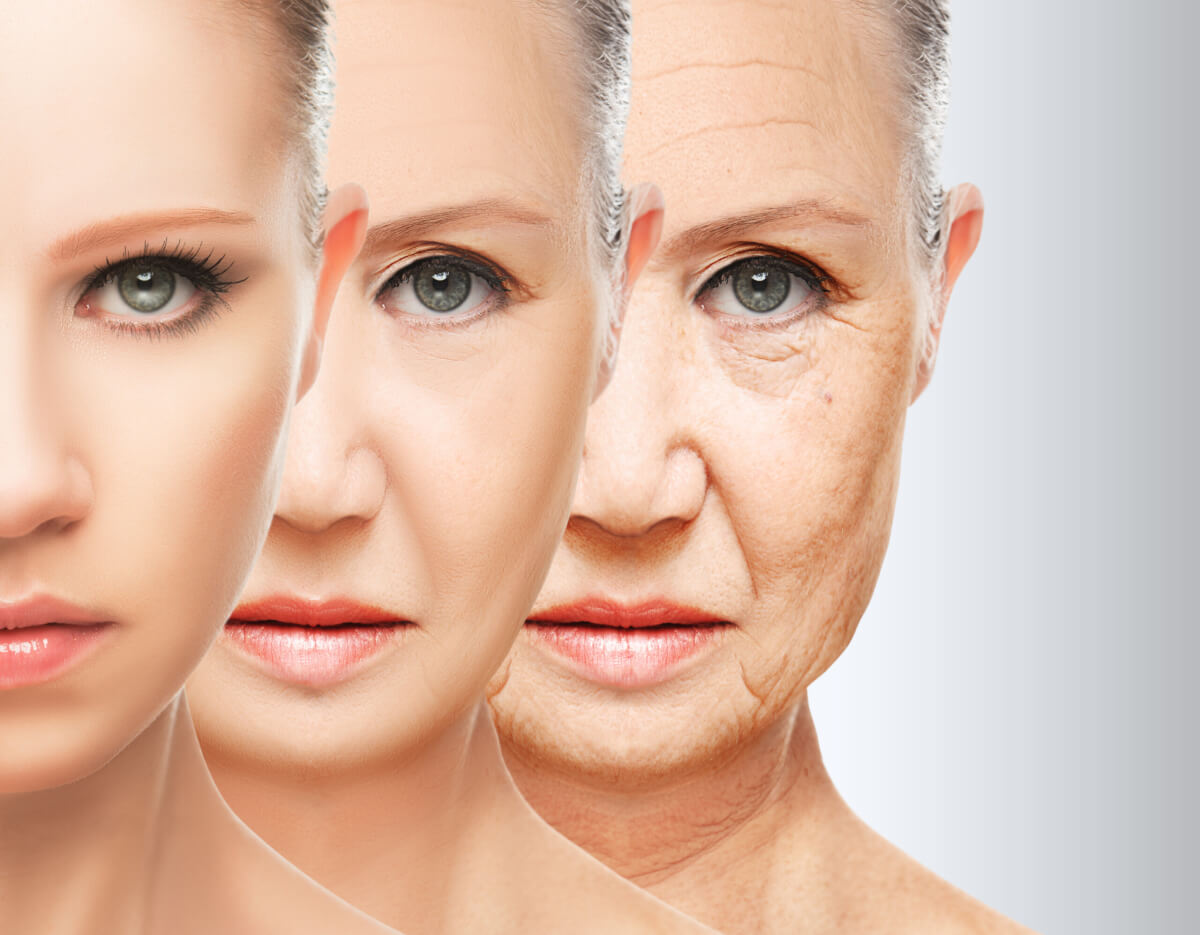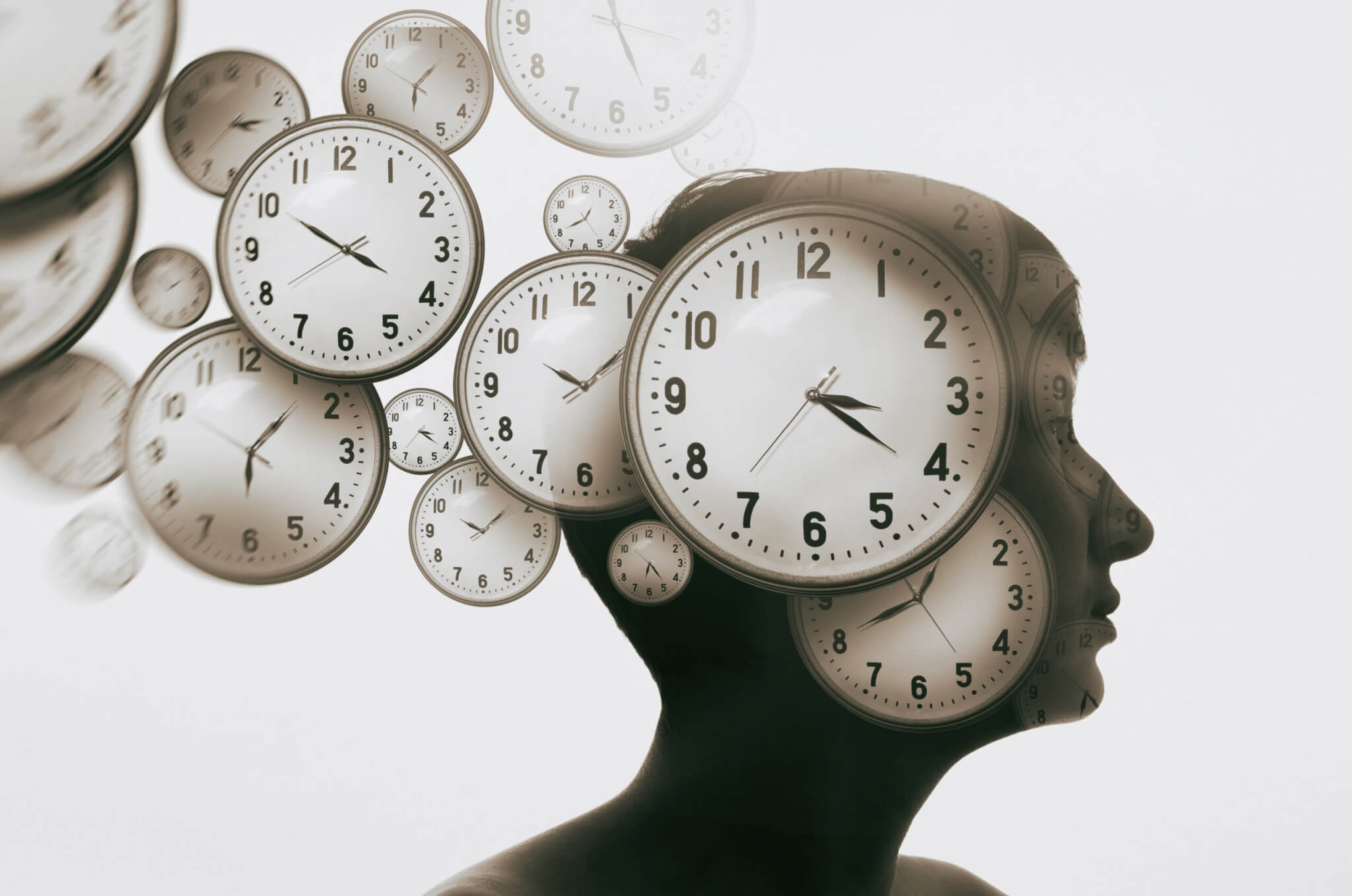COLOGNE, Germany — For centuries, humanity has sought to unravel the mysteries of aging. What causes our bodies to change and decline over time? Is it a pre-programmed process or simply the result of wear and tear? Recent breakthroughs in the field of aging clocks have shed new light on these age-old questions, and a study published in the journal Nature Aging may have brought us one step closer to understanding the very nature of aging itself.
Imagine that your body is like a complex machine, with countless gears and mechanisms working together to keep you functioning. As you age, this machine begins to break down – but what if there was a way to measure and predict these changes? Enter the concept of aging clocks.
Aging clocks are essentially biological indicators that can provide a measure of an individual’s “biological age” – that is, how old their body seems rather than the number of years they’ve been alive (chronological age). These clocks are built using various types of biological data, such as DNA methylation patterns or gene expression levels. By tracking changes in these markers over time, scientists can create models that predict an individual’s biological age with remarkable accuracy.
So, what causes these changes in the first place? One theory is that aging is a pre-programmed process, like a ticking clock that counts down to our eventual demise. This idea, first proposed by the German biologist August Weismann in 1881, suggests that aging evolved as a way to benefit the species by freeing up resources for younger, healthier individuals. However, this theory has been largely rejected by modern scientists, who point out that it relies on the flawed concept of “group selection” and fails to explain why organisms would evolve to die after reproducing.
An alternative theory is that aging is simply the result of accumulated damage and wear and tear over time. This idea, known as the “disposable soma” theory, suggests that organisms invest resources in reproduction and survival rather than in maintaining their bodies indefinitely. As a result, damage accumulates over time, leading to the functional decline we associate with aging.
The new study, led by scientists David Meyer and Professor Dr. Björn Schumacher at CECAD (Cluster of Excellence Cellular Stress Responses in Aging-Associated Diseases) at the University of Cologne, sought to test these competing theories using simulated data. The researchers created datasets that mimicked the accumulation of random, stochastic changes over time – in other words, data that looked like the result of wear and tear rather than a pre-programmed process.
Remarkably, the researchers found that they could build highly accurate aging clocks using nothing but this simulated data. By training machine learning models on datasets that accumulated random noise over time, they were able to predict the “age” of the simulated samples with striking precision. This held true even when the researchers used different types of data, such as simulated DNA methylation patterns or gene expression levels.

“Aging is triggered when the building blocks in our cells become damaged. Where this damage occurs is for the most part random. Our work combines the accuracy of aging clocks with the accumulation of entirely stochastic changes in our cells,” says Schumacher in a media release.
These findings have profound implications for our understanding of aging. They suggest that the changes we observe in aging clocks may not be the result of a deterministic, pre-programmed process, but rather the inevitable outcome of stochastic damage accumulation over time. In other words, aging may be more like the wear and tear on a well-used machine than the ticking of a pre-set clock.
However, the researchers didn’t stop there. They also tested their models on real-world data from a variety of species, from mice to whales to humans. Incredibly, they found that their simulated aging clocks could predict the biological age of these samples with high accuracy, even across different species and tissue types. This suggests that the fundamental processes driving aging may be conserved across the tree of life.
The study also sheds light on potential interventions to slow or reverse aging. The researchers found that their simulated aging clocks could detect the effects of known anti-aging interventions, such as calorie restriction or genetic modifications that extend lifespan. This raises the tantalizing possibility that aging clocks could be used not just to measure the pace of aging but also to test the effectiveness of new therapies aimed at slowing or reversing the aging process.
Of course, much work remains to be done before we can fully understand the complex mechanisms of aging. The new study relies heavily on simulated data, and more research will be needed to confirm its findings in real-world biological systems. Additionally, while the study suggests that stochastic damage accumulation may be sufficient to explain many aspects of aging, it does not rule out the possibility that deterministic, programmed processes may also play a role.
Nevertheless, the implications of this research are profound. By demonstrating that aging clocks can arise from nothing more than the accumulation of random noise, the study challenges our basic assumptions about the nature of aging itself. It suggests that, rather than being a mysterious, pre-programmed process, aging may be the inevitable result of the second law of thermodynamics – the tendency of all systems to become more disordered over time.
This perspective offers both hope and humility. On one hand, it suggests that aging may not be an immutable fate but rather a process that we can understand, measure, and potentially intervene in. On the other hand, it serves as a reminder of our own mortality and the fundamental limits of our biology.
